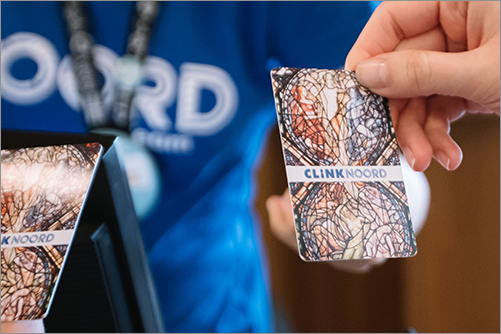Nov. 22, 2017 I Gage team
If you are managing a loyalty program, chances are you are probably doing many of these right now with varying degrees of success. And this is by no means an exhaustive list. However, when you think of your loyalty promotion needs, think of the context of how these techniques can be used in conjunction or integrated together. By implementing a loyalty reward platform, you can even mix and match to further optimize future campaigns.
1) The traditional formula
In the consumer world, this is akin to frequent flyers miles or American Express incentive programs. With this formula, activity is given a value and appropriate value units are awarded, such as points or dollar rebates. The positives are that it is easy to understand, positive recurring behavior is reinforced, and you may have anywhere from 10 percent to 30 percent breakage depending on the type of campaign and incentives offered. The negatives are that you generally must have a large incentive to make an impact and, if your budgets are not large, limited awards will not drive large participation. The biggest downside is that your value units will accrue and management and ongoing value unit liability will need be accounted on a regular basis.
According to Google, these are intent-rich moments when decisions are made and preferences are shaped.


